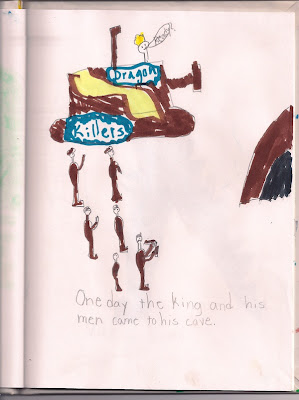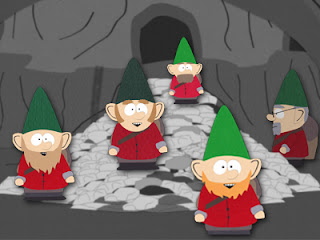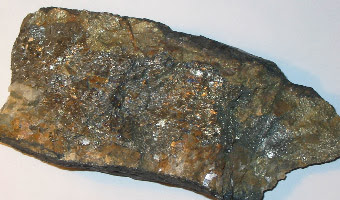A Sense of Scale (in Dollars and Cents)
I hate politics, but for some reason I obsessively read about it. I don't know why I do this, but I assume it's the same reason people slow down for car wrecks and pay to see the geek [1]. Anyway, the big thing in political news now is that if Congress can't pass a budget [2] by the end of the day Friday, the government will shut down. Shutting down the government means that 800,000 federal employees will go without pay [3], lots of services will be put on hold and you won't be able to go to the Smithsonian or the Grand Canyon. So it's kind of a big deal. Since the ramifications of a government shutdown are so serious, there must be some really important disagreements holding it up, right? Right? A quick search (for example, here), shows that the big hold-up in passing the budget comes over a disagreement on how much money should be cut from the budget. Republicans want to cut $40 billion dollars and Democrats are willing to cut $34.5 billion dollars. So the hold-up is over $5.5 billion. Let's consider how utterly and stupidly insignificant this is. We shall take as our inspiration Alemi's post a while back offering several ways to help visualize the large and scary sounding numbers thrown around in government budgets. The first thing we'd like to do is find out what fraction this $5.5 billion discrepancy is compared to the total budget. Alemi cites the total budget of the U.S. government in the 2010 fiscal year to be $3.55 trillion. Hot dog! So we see that: $$ \frac{\mbox{Disputed Difference}}{\mbox{Total Budget}} = \frac{\$5.5 \times 10^9}{\$3.55 \times 10^{12}} = 0.0015 $$ So the disputed part amounts to 0.15% of the total budget or one and half parts in a thousand. Let's compare this to some things for which we have a better sense of scale. Let's pretend we are looking to buy a car. We need it to get to work and, you know, get stuff done. If our car costs $10,000 dollars then 0.15% of our total costs will be $$ \mbox{\$10,000} \times 0.0015 = \$15 $$ So the current budget situation is like arguing for 6 months over a $15 charge on your $10,000 car. Sounds reasonable! Now let's switch gears and consider a timescale. Let's consider a 40 hour work week. What's 0.15% of 40 hours? This comes to $$ 40 \mbox{ hr} \times 0.0015 = 0.06 \mbox{ hr} $$ or, if you prefer, $$ 0.06 \mbox{ hr} \times \frac{60 \mbox{ min}}{1 \mbox{ hr}} = 3.6 \mbox{ minutes} $$ So the current budget problem is like arguing for six months over about three and a half extra minutes to your work week. Now let's consider a length scale. Consider the US $1 bill. According to Wikipedia, the dollar bill is 6.14 inches long, 2.61 inches wide and 0.0043 inches thick. That means that the ratio of the thickness to the width of a dollar bill is $$ \frac{\mbox{Thickness}}{\mbox{Width}} = \frac{0.0043 \mbox{ inches}}{2.61 \mbox{ inches}} = 0.0016 $$ or slightly more than the disputed fraction of the budget. Hooray! "That's all well and nice," you say, lowering your voice and leaning over in a way that makes me uncomfortable, "but who is to blame?" That's a great question! My answer will take the form of an experiment. First, get a coin. Got it? Great. Now if you're Republican, let heads be "The Republicans" and tails be "The Democrats." If you're a Democrat, let heads be "The Democrats" and tails be "The Republicans." If you are neither, then randomly assign a party to heads and allow the other to be tails. Ready? The coin is to blame. [1] I use this in its original meaning. That is, the guy whose job it was to do horribly gross things at a carnival for money, not the guy whose main form of social interaction is debating scenes in Star Wars on internet forums. A more up-to-date comparison would have been to say "for the same reason that people watch Jersey Shore." [2] That is, the budget for the 2011 fiscal year, which started on October 1st 2010. [3] Don't worry, all members of Congress would be exempt from this and would still pick up paychecks!
























